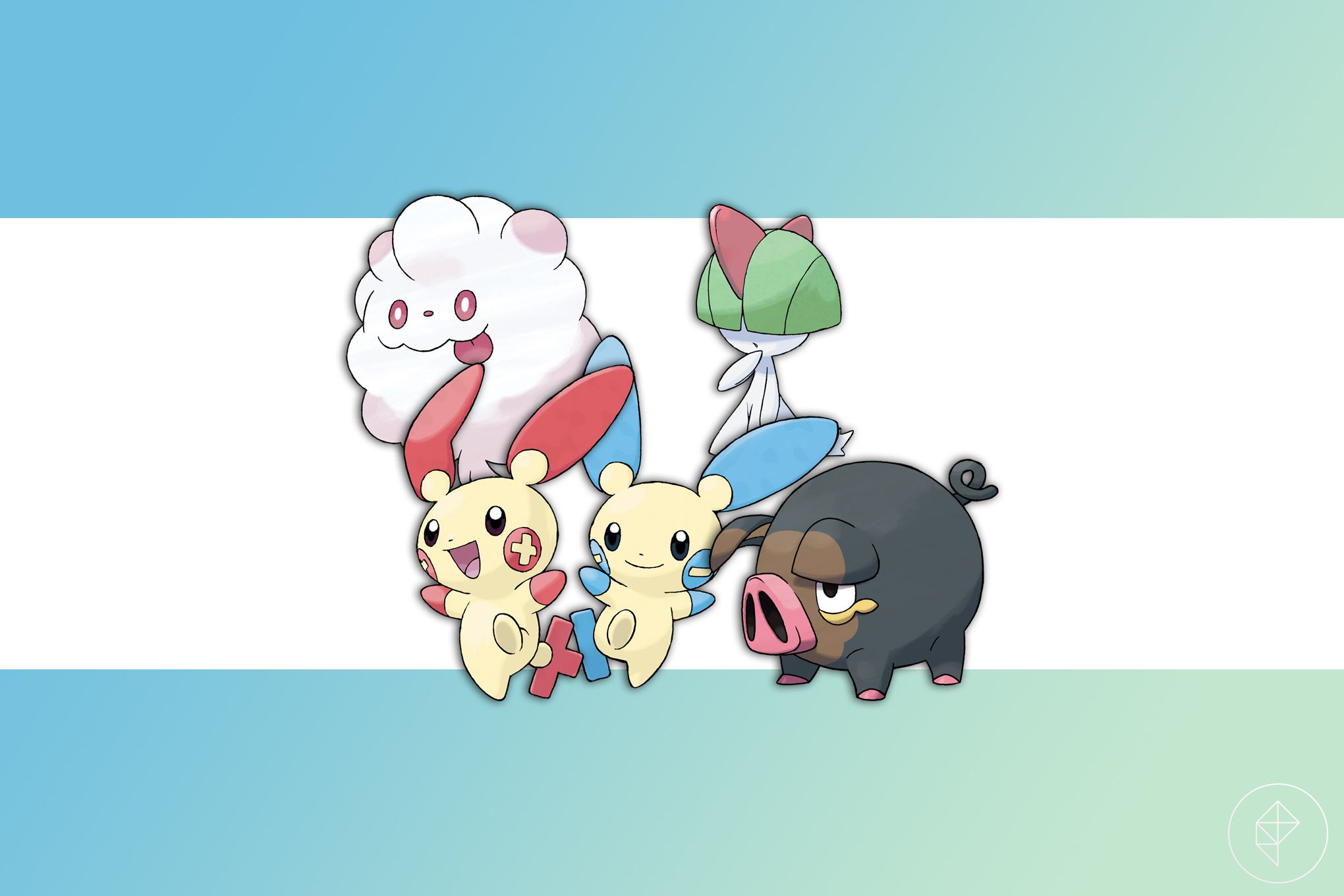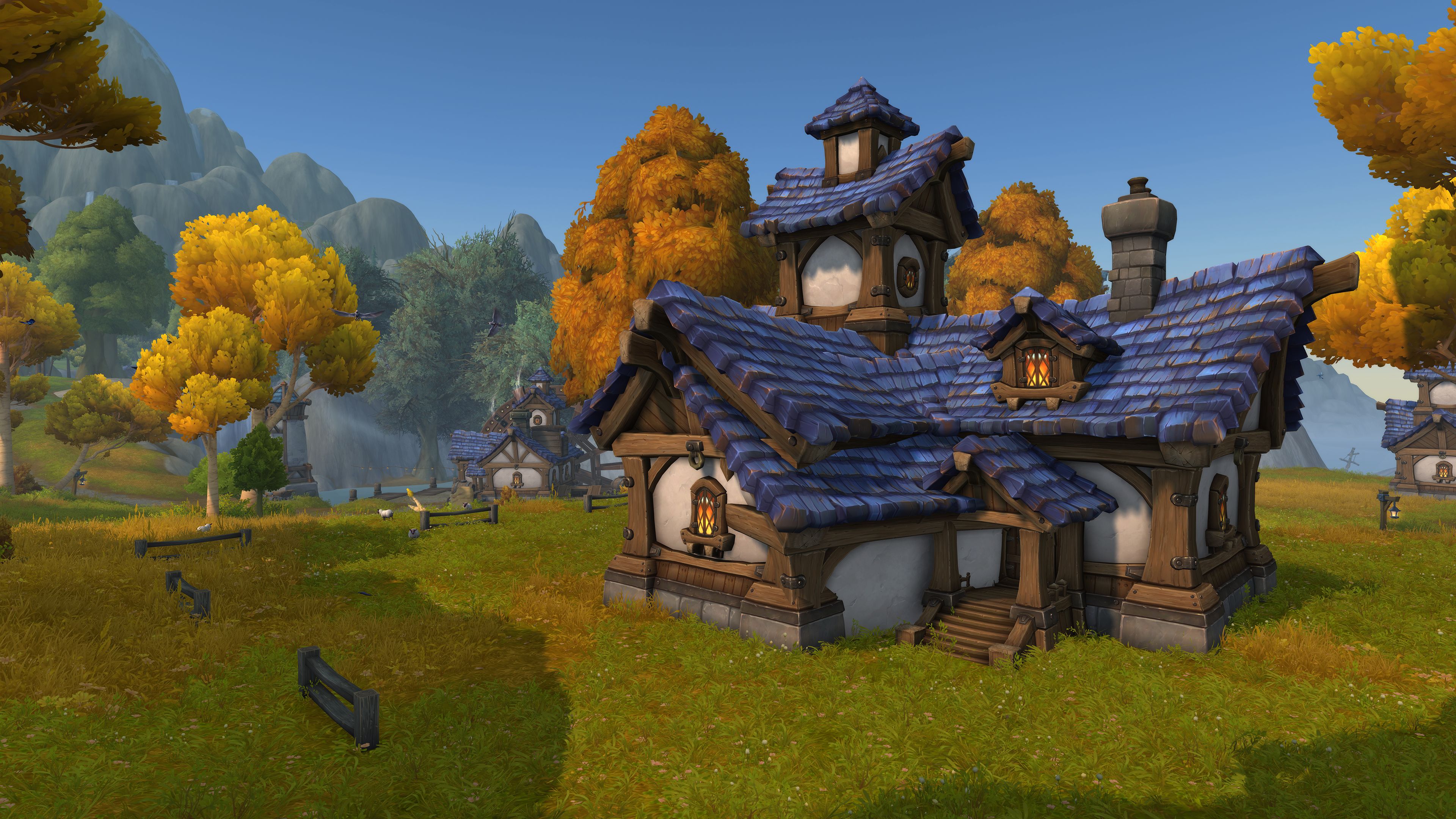Playwright Drew Hayden Taylor’s Crees in the Caribbean was pulled as producers couldn’t find Indigenous actors to play the central characters.J0HAN HALLBERG-CAMPBELL/The Globe and Mail
As a professional playwright and amateur Indigenous activist, I’m in a bit of a conundrum. An Indigenous theatre conundrum. They’re not common but they do exist.
A theatre company in Southern Ontario has cancelled plans to produce one of my plays, a full year in advance. The play – Crees in the Caribbean. The reason? The producers could not find any Indigenous actors old enough to play the central characters. Unable to properly cast the roles with those of a coppery hue, the production has been pulled. For this particular play, this is the second time this has happened that I know of.
Briefly, the play is about a Cree couple travelling to a resort in Mexico, paid for by their grown children. In their twilight years, this couple have never been outside their province and the family wanted to give them an experience. The key phrase here is “in their twilight years.” We’re not talking young, good-looking vampires here. Instead, it’s characters, and actors, who are sailing well into their grandparent years. Their knees crack to the beat of a different drum.
Current political weather dictates all Indigenous roles be played by Indigenous actors. That is the common practice. And it’s a good one.
After centuries of poor and inaccurate portrayals in theatre, and later in movies and on television, a more truthful approach only made sense. As compared with theatre life in the 20th century, there are by far more Indigenous actors treading the boards today then there ever has been. But, as we all know, political correctness can be a double-edged sword. If you don’t have actors in their late 50s or 60s, then you won’t have productions featuring characters in their late 50s or 60s. I think you see the problem.
In 2015, Native Earth Performing Arts and Factory Theatre produced a play titled The Unplugging by Yvette Nolan, directed by Nina Lee Aquino. It was about two Indigenous women in a postapocalyptic world, surviving on their own. The issue it had was the survivors were played by non-Indigenous actors. The story that was kicking around both the Indigenous and theatre communities spoke of no First Nation actors being available and the two companies having to adjust. Pragmatism versus practice – we’ve all surfed that tide at one point or another.
I’m no stranger to that situation. Two past productions of mine lost performers at the last moment. So they had to hire those not of our culture. One was Jewish and the other was Asian. I’m sure there’s a metaphor in there somewhere. But both of these were a very long time ago. And in both cases, it was only one member performing in a larger ensemble of Indigenous performers.
There are more Indigenous actors treading the boards today then there has ever been, but there is still a shortage among those who might be interested in doing theatre.J0HAN HALLBERG-CAMPBELL/The Globe and Mail
During the run of The Unplugging, there was a sizable reaction from many Indigenous female actors saying that they found the casting insulting, and that many had been available for hire at the time of the production. The result was a letter of complaint shared on social media, leaving a wounded Yvette Nolan.
Thus, the conundrum. Obviously it would be pretty nice for my play to be produced. After all, Daddy needs a new pair of shoes … or, in my case, moccasins. In today’s world, hiring a non-native isn’t even considered. So the whole potential production has to suffer, being thrown out with the theatre water.
For me, the play is a loving tip of the hat to our elders, showing their perspective on the world and presenting a vision of the First Nations community that is seldom seen. I consider it a warm and humorous play about elder love in a fish-out-of-water context. This, I believe, explains the interest in the play. The characters are native but they don’t have to be. The story and characters are easily relatable by all people.
Crees in the Caribbean has been produced a few times already, but alas, the reservoir of Indigenous actors is quite low, especially ones who might be interested in doing theatre. The artistic director of the cancelled production told me that she contacted some of the more well-known television actors with little luck, and in one case, an agent actually laughed at her when she pitched her proposal. The budgets of theatre run shallow while television/movie resources run substantially deeper.
My real fear is that this could set a bad precedent. Do not write any First Nation characters older than, for the sake of argument, 55. Unless you know many out-of-work television actors. Or the theatre company has a makeup department skilled in aging people. But nobody wants that. Again, all part of the conundrum.
The scariest possibility is that, at 63, I may have to start acting to fill this vacancy. And nobody wants that!












